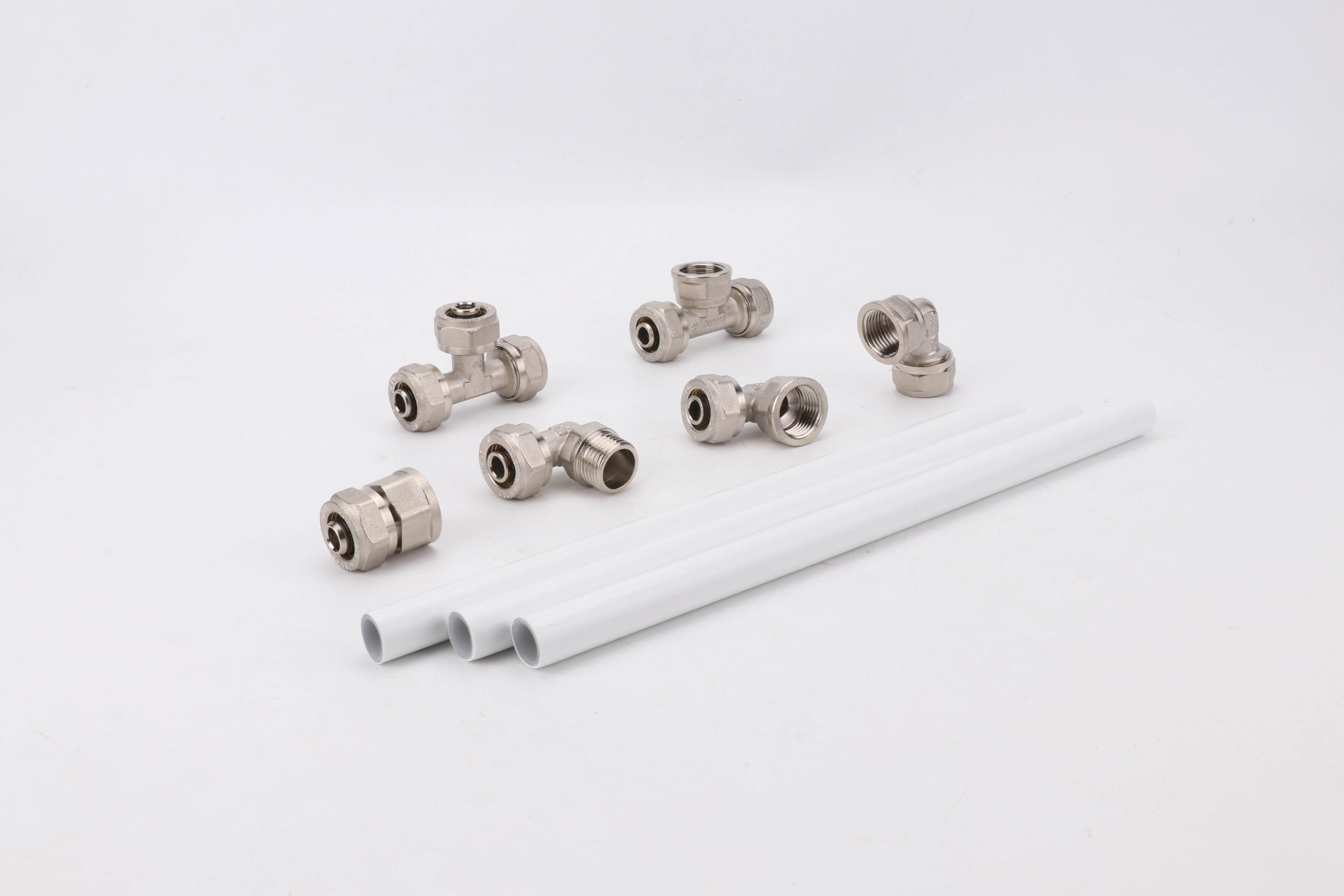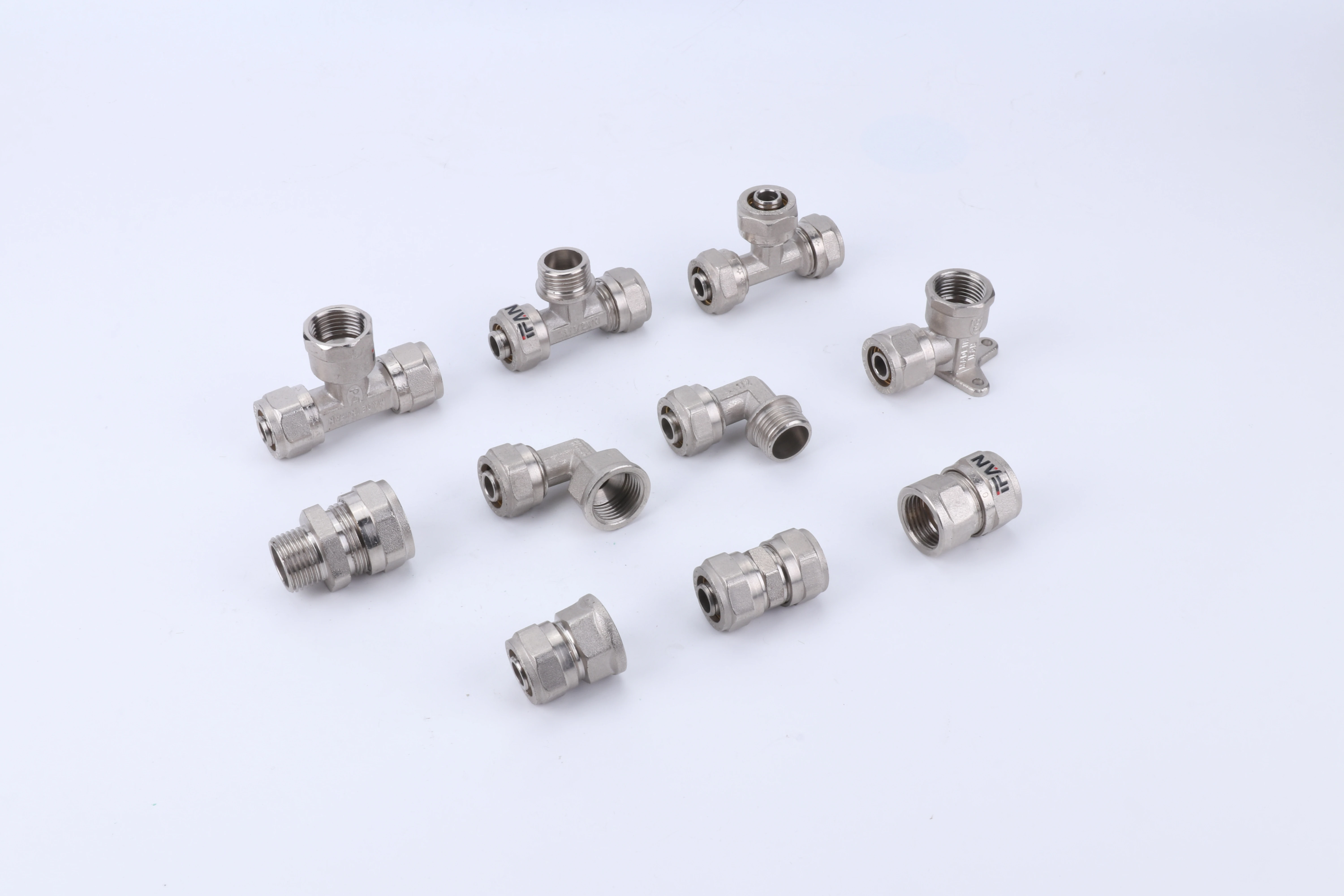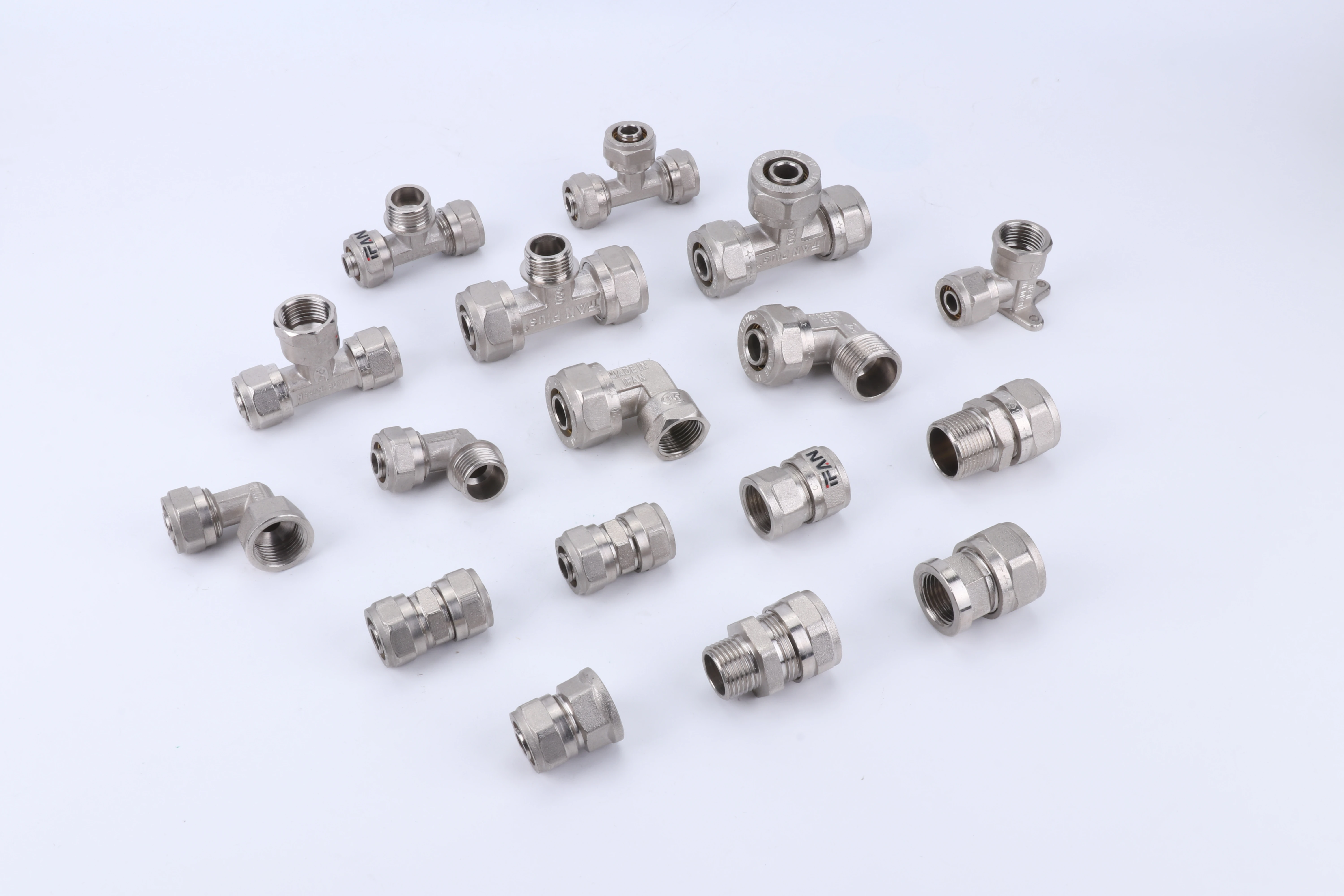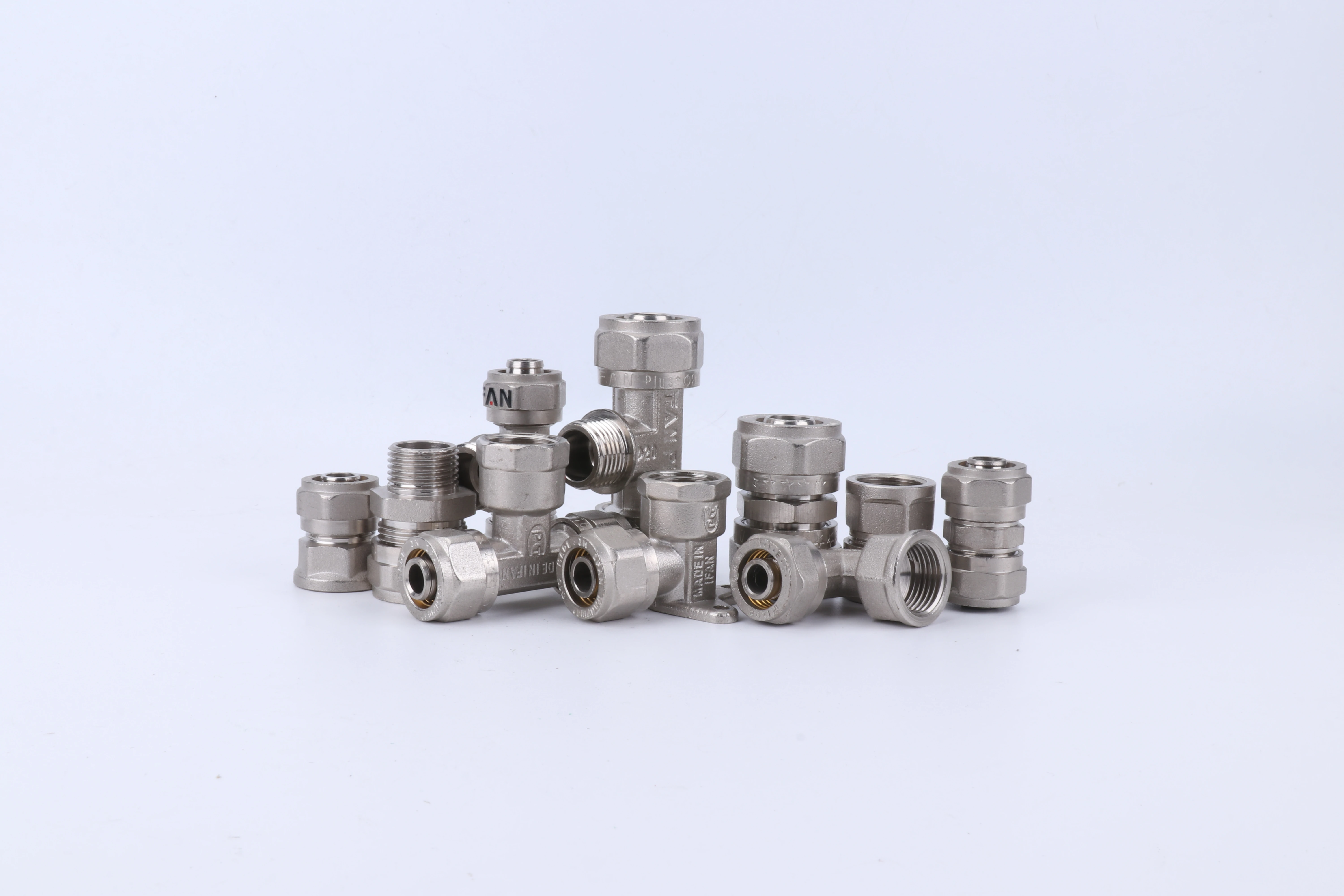During a hospital renovation project, we installed over 2,000 PEX copper press connections with zero leaks after rigorous testing. This perfect track record demonstrated how properly installed press sleeve systems deliver exceptional reliability when manufacturers’ specifications are strictly followed.
Yes, certified PEX copper press sleeves create leak-proof connections when properly installed using calibrated tools and correct techniques. These systems rely on precisely engineered components that, when combined with professional installation practices, provide reliable seals that typically exceed industry leak prevention standards.
The leak-proof performance of press sleeve systems depends on multiple factors working together seamlessly. Let’s examine the certifications, installation techniques, and testing methods that ensure reliable performance.
What Certifications Ensure PEX Press Fittings Meet Leak-Proof Standards?

When a client demanded evidence of our press fitting certifications for a government project, we provided documentation showing compliance with seven international standards. This comprehensive certification package helped win the contract and ensured regulatory compliance.
NSF/ANSI 61, ISO 15875, and ASTM standards certify PEX press fittings for leak-proof performance through rigorous material testing, pressure cycling evaluation, and long-term durability assessments. These certifications verify that fittings maintain seal integrity under specified pressure and temperature conditions while ensuring material safety for potable water systems.
Key Certification Requirements
Understanding certification standards helps ensure proper product selection:
Material Performance Standards
- NSF/ANSI 61: Verifies material safety and leaching limits
- ASTM F2080: Tests PEX material properties and durability
- ISO 15875: International standard for PEX systems performance
- ASTM F877: Pressure and temperature performance requirements
Pressure Testing Certification
Certified fittings undergo extensive testing:
- 1,000-hour sustained pressure testing at elevated temperatures
- Pressure cycling between 50-150 PSI for 100,000 cycles
- Burst pressure testing to verify safety margins
- Thermal cycling between extreme temperatures
Certification Verification Process
Ensure your fittings meet these standards:
| Certification | Testing Focus | Leak Prevention Relevance |
|---|---|---|
| NSF/ANSI 61 | Material safety | Ensures no chemical degradation affects seals |
| ASTM F2080 | PEX material properties | Verifies tubing won’t fail before fittings |
| ISO 15875 | System performance | Tests complete system reliability |
| Manufacturer’s Pressure Rating | Application specific | Confirms performance under actual conditions |
How Does Proper Installation Guarantee a Leak-Free Press Connection?
We once investigated a leak in a press system and discovered the installer had used a generic press tool instead of the manufacturer-specific model. The slight jaw geometry difference caused incomplete compression, highlighting how precise installation requirements affect leak prevention.
Proper installation ensures leak-free connections through calibrated tool operation, correct pipe preparation, verified fitting engagement, and systematic quality control. The press tool’s automatic jaw geometry applies precisely measured force to create a uniform 360-degree compression that matches manufacturer specifications exactly.
Critical Installation Steps
Follow this process for reliable results:
Tool Preparation and Calibration
- Use manufacturer-specific press tools and jaws
- Verify tool calibration before each use
- Ensure battery charge exceeds minimum requirements
- Test tool operation on scrap materials first
Pipe Preparation Protocol
- Cut pipe perfectly square using dedicated cutter
- Remove all internal and external burrs
- Clean pipe end to remove debris and oxidation
- Mark insertion depth on pipe for verification
Pressing Technique
- Position tool jaws perpendicular to the fitting
- Ensure full jaw engagement before pressing
- Maintain tool position until cycle completes
- Listen for audible completion signal
Installation Quality Verification
Verify each connection immediately:
Visual Inspection Points
- Uniform jaw impressions around entire fitting
- No gaps between sleeve and fitting body
- Correct insertion depth visible
- No pipe distortion or damage
Post-Installation Checks
- Verify tool counter increased (if equipped)
- Document connection in installation log
- Tag any questionable connections for testing
- Maintain calibration records
What Pressure Tests Verify the Reliability of Copper Press Sleeve Systems?
After completing a 50-story high-rise installation, we pressure tested the press system at 250 PSI for four hours with no measurable pressure drop. This exceptional performance demonstrated how proper installation creates systems that exceed standard requirements.
Copper press sleeve reliability is verified through sustained pressure testing at 1.5 times working pressure, pressure cycling tests, thermal cycling evaluations, and burst pressure verification. These tests simulate decades of service conditions to ensure connections maintain integrity under normal and extreme operating conditions.
Comprehensive Testing Protocol
Implement this testing strategy:
Initial System Testing
- Test at 150% of working pressure for 30 minutes
- Check for pressure drops exceeding 5%
- Inspect all connections during testing
- Document pressure readings at 5-minute intervals
Advanced Performance Verification
- Pressure cycling: 50,000 cycles between 25-150 PSI
- Thermal cycling: 10,000 cycles between 40-180°F
- Burst testing: Verify safety margin exceeds 3:1
- Vibration testing: Simulate water hammer and seismic events
Testing Standards and Acceptance Criteria
Follow established industry protocols:
| Test Type | Standard | Duration | Acceptance Criteria |
|---|---|---|---|
| Sustained Pressure | ASTM F877 | 1000 hours | No failure, ≤5% pressure drop |
| Pressure Cycling | ASTM F877 | 100,000 cycles | No leaks, no fitting damage |
| Burst Pressure | ASTM F877 | To failure | Minimum 3x working pressure |
| Thermal Cycling | ISO 15875 | 10,000 cycles | No leaks, no separation |
How Do Press Fittings Compare to Crimp Methods in Preventing Leaks?
When we analyzed maintenance records across 500 multifamily units, press systems showed 80% fewer leak incidents compared to crimp systems over a 5-year period. The data clearly demonstrated the leak prevention advantage of properly installed press systems.
Press fittings provide superior leak prevention compared to crimp methods through automated compression control, elimination of human measurement errors, consistent 360-degree sealing, and visual verification capability. While both methods can create reliable connections, press systems remove more variables from the installation process, resulting in higher consistency.
Performance Comparison Analysis
Direct comparison reveals key differences:
Installation Consistency
- Press Systems: Automated jaw geometry ensures perfect compression every time
- Crimp Systems: Manual tool positioning can create uneven compression
- Advantage: Press systems eliminate compression variation
Quality Verification
- Press Systems: Visual jaw impressions confirm proper installation
- Crimp Systems: Requires go/no-go gauge for verification
- Advantage: Press systems provide immediate visual confirmation
Long-Term Reliability
- Press Systems: Maintain compression through thermal cycling
- Crimp Systems: May relax under continuous stress
- Advantage: Press systems show better stress resistance
Practical Application Differences
Consider these factors when choosing between methods:
Skill Requirements
- Press Systems: Minimal training needed for consistent results
- Crimp Systems: Requires practice to develop proper technique
- Implication: Press systems reduce installation errors
Tool Considerations
- Press Systems: Higher initial investment, lower long-term cost
- Crimp Systems: Lower initial cost, higher consumable expense
- Implication: Press systems better for high-volume applications
Leak Prevention Track Record
Based on industry data:
- Press systems: 99.5% leak-free installation rate
- Crimp systems: 97.5% leak-free installation rate
- Difference: Press systems reduce leaks by 80% in field applications
Заключение
PEX copper press sleeves provide exceptional leak-proof performance when properly selected, installed, and tested, with certification verification, precise installation techniques, comprehensive pressure testing, and superior reliability compared to crimp methods ensuring long-term system integrity and leak-free operation.













Последние комментарии